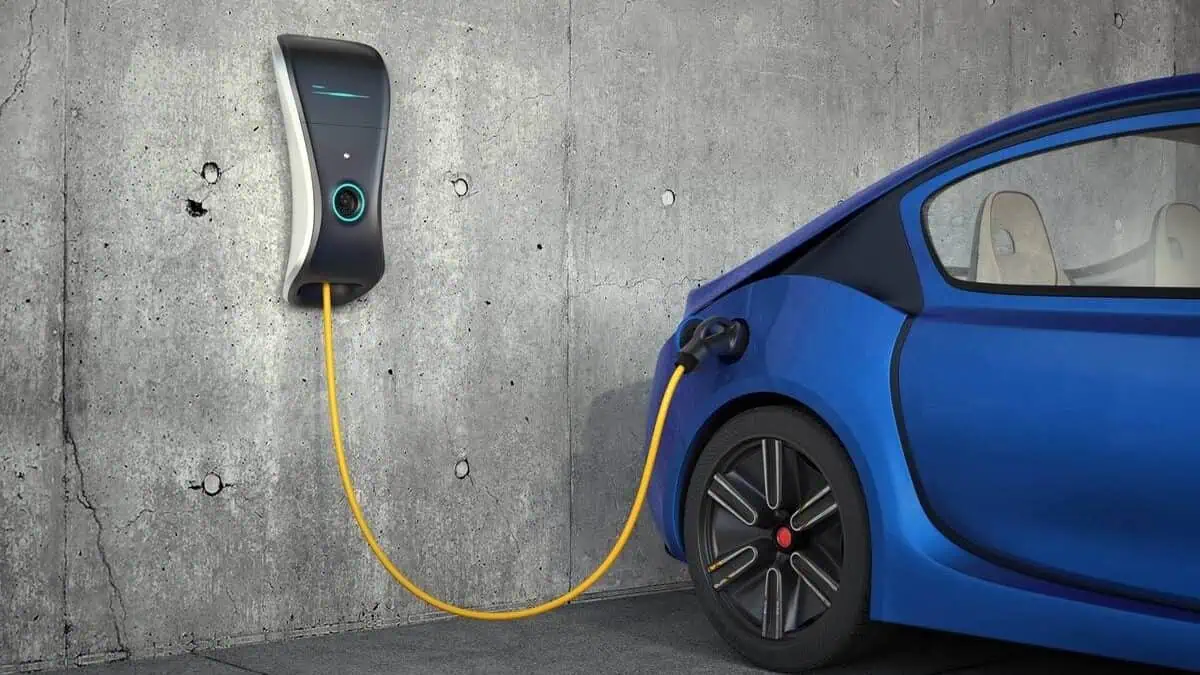The rise of electric vehicle adoption led to a transformation in the transportation sector and a greener way for a net-zero path, according to Electrek.
With that said, EVs could save local and state fleets money while protecting the communities from harmful air pollution. New bills, incentives, and subsidies make EVs more affordable than ever.
“This is a pivotal moment – we cannot go on as we are,” said Prime Minister Boris Johnson.
“We have to adapt to our economy to the green industrial revolution.”
Benefits of deploying electric vehicles
Last August, US President Joe Biden signed off on a significant climate and clean energy solutions investment in US history as the Inflation Reduction Act (IRA) went into law.
The bill includes a few incentives and funding initiatives to aid local and state governments in changing their fleets to electric. Meanwhile, the administration also laid out a goal of 50% EV share of total car sales in the USA by 2030.
The transportation sector is leading the US economy in greenhouse gas (GHG) emissions, with over a quarter of total GHG emissions in 2020. With the local and state governments owning about 3.6 million vehicles, mainly gasoline-powered, it is helpful to start in the transportation sector.
On top of the gasoline and maintenance costs, these gas-consuming vehicles are also one of the local air pollutions massive sources.
Notably, shifting from fossil fuel vehicles to EVs will play a role in preventing climate change. For countries to meet their carbon goals, 100 million EVs must be on the road by 2030. However, there were only 1.26 million by 2015, according to Columbia Climate School.
Although upfront EV costs are more expensive than gasoline-powered alternatives, a Union of Concerned Scientists report found that EVs can be less costly to maintain as they do not require oil changes or regular maintenance.
In addition, EVs can save around $750-$1,200 yearly on fueling. For comparison, fossil fuel vehicles with an average of 27 miles (43 km) per gallon with gas costing $3.50 per gallon.
Furthermore, a new report from Arizona PIRG Education Fund and Frontier Group, “Electric Vehicles for Arizona,” points out how ten Arizona cities and towns could save over $80 million by EV deployments.
At the same time, the ten Arizona municipalities surveyed would save an economic value of over $14 million by reducing these vehicles’ air pollution.
The study noted that over 70% of the 48,000 state and locally-registered vehicles were pickups or vans, which now have zero emissions choices like the Ford E-Transit or F-150 Lightning.
Going fully-electric
Several manufacturers have pledged to go all-electric from 2025 and 2030, which includes Bentley and Jaguar. Meanwhile, Ford said all of its vehicles sold in Europe will be electric by 2030.
In addition, countries such as Germany, Ireland, Israel, India, and the Netherlands announced plans to ban fossil fuel cars beginning in 2030. Britain, California, France, and Taiwan will ban them by 2040 and Norway in 2025.
Athens, Madrid, Paris, Rome, and Mexico City will prohibit diesel vehicles in 2025. And Beijing wants at least 20% of China’s vehicle production to be electric and hybrid by 2025.
IRA’s tax credits
The IRA’s commercial clean vehicle tax credit (which also applies to governments) will offset the costs of up to $7,500 for light-duty EVs and up to $40,000 for heavy-duty EVs.






